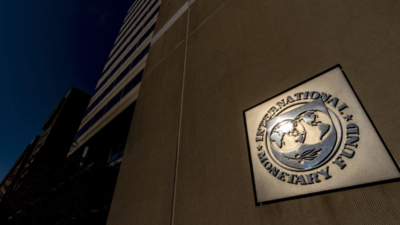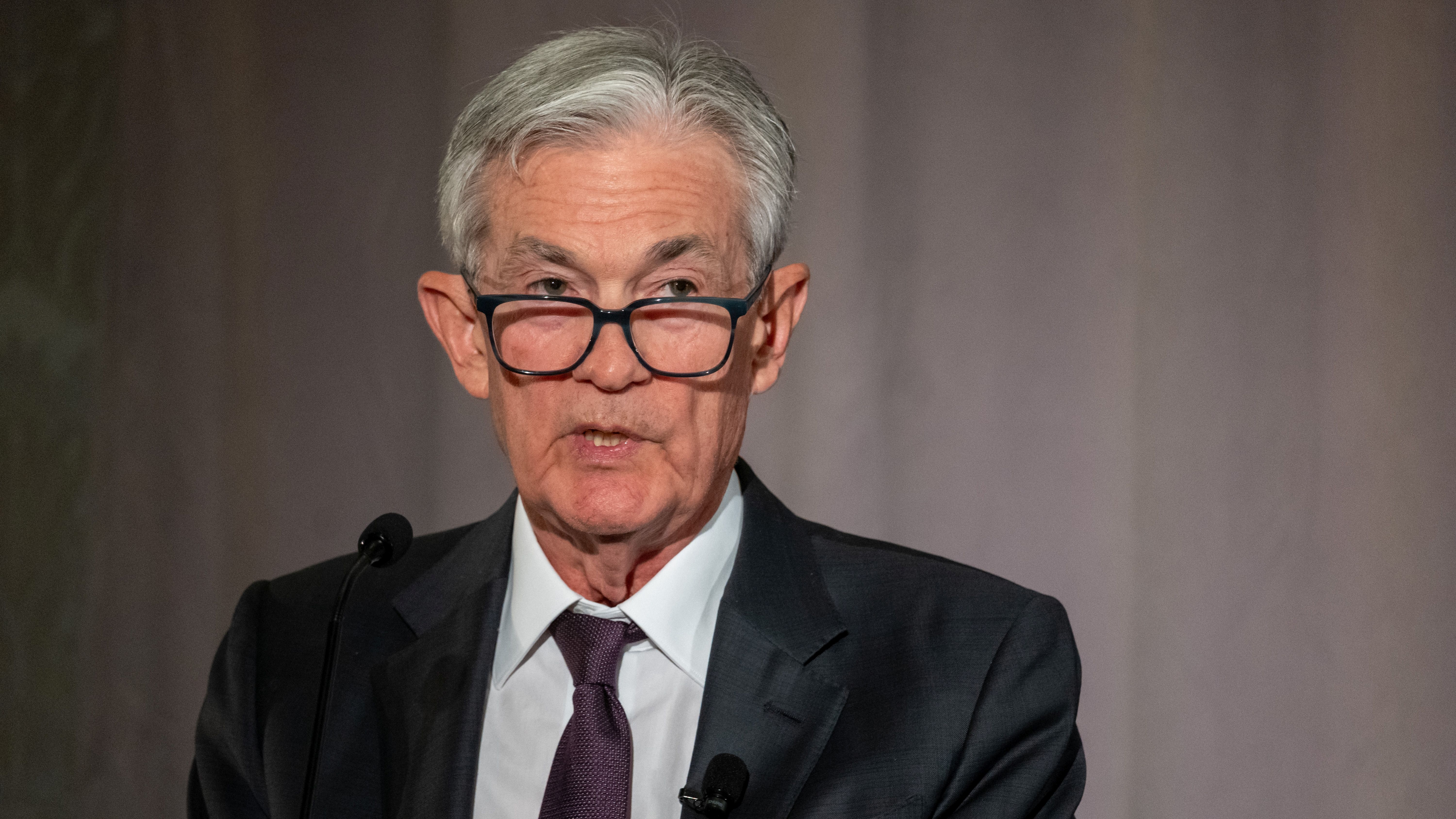U.S. Wholesale Prices Decline Amid Easing Inflation Pressures
WASHINGTON (AP) In a significant development regarding the U.S. economy, wholesale prices experienced a notable decline last month, indicating that inflationary pressures could be easing. However, the ongoing trade conflicts initiated by President Donald Trump cast a shadow over this positive trend, bringing uncertainty to future economic forecasts.
According to data released by the Labor Department on Friday, the producer price index (PPI), which measures inflation before it reaches consumers, dropped by 0.4% from February. This marked the first decrease since October 2023, illustrating a potential shift in inflation dynamics. Year-over-year, producer prices rose by 2.7%, a decrease from a 3.2% increase reported in February, and significantly lower than the anticipated 3.3% increase projected by economists.
One of the most striking contributors to the decline in wholesale prices was the substantial drop in gasoline prices, which fell by an impressive 11.1% compared to the previous month. Additionally, egg prices, notorious for their steep rise due to the bird flu outbreak, saw a dramatic decrease of 21.3%. These fluctuations in essential consumer goods underscore the volatility of the market.
When excluding the often-volatile categories of food and energy, the so-called core wholesale inflation dipped by 0.1% from February. This marks the first decline in core wholesale prices since July. Nevertheless, when evaluated on a year-over-year basis, core producer prices still exhibited a 3.3% increase, although this figure was again lower than what analysts had forecasted.
This report follows a more promising update from the Labor Department regarding consumer-level inflation, which showed that the consumer price index (CPI) rose by only 2.4% last month compared to March 2024, indicating the smallest year-over-year gain since September. Furthermore, the core consumer prices reported the slowest annual increase in nearly four years, suggesting that consumers may be experiencing less financial strain.
Despite these indications of easing inflation, the broader economic outlook remains clouded by President Trumps aggressive trade policies. The administration has implemented a staggering 145% tariff on imports from China, and most other imports are facing a 10% levy that is set to increase after a 90-day review period. Such trade barriers are anticipated to lead to higher prices as businesses may attempt to pass on these increased costs to consumers, potentially negating the positive effects of declining wholesale prices.






















